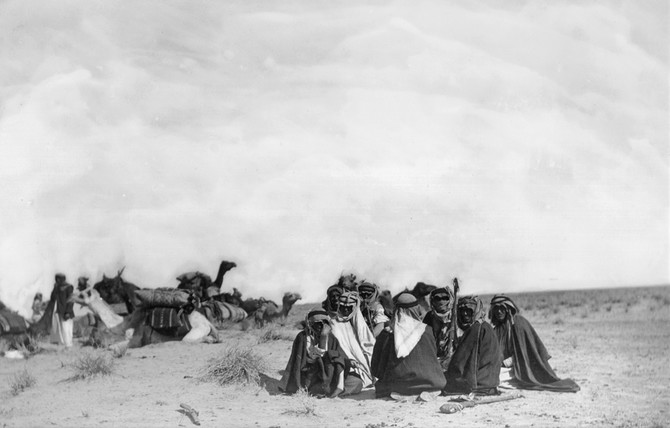After engaging in religious and political debates, successive travels to a number of cities in the Muslim world, and enduring the wrath and anger of the ’ulama’, Shaykh Muhammad was able to find his own supporters and votaries, who are nowadays known as the Wahhabis.
According to historical sources which have been written in his praise and appreciation and negating the deviant nature of his doctrines, the Shaykh passed away in 1206 AH at the age of 92 in Dar’iyyah after traveling to Basrah, Najaf, Karbala’, and probably, Isfahan and Shiraz.
In short, after the death of the Shaykh, his beliefs and views were promoted and propagated with the support and blessing of external and domestic political brokers in such a manner that at the present, most of the current rulers of Arabia and a number of religious scholars and judges there follow him and other Muslim countries such as Afghanistan, Pakistan and boarder communities in Iran have come under the influence of these doctrines. The Wahhabis are spreading this creed in the various countries in Europe, America and Asia by building mosques and libraries, printing copies of the Holy Qur’an, dispatching religious missionaries, and the like.
This creed is called Wahhabism derived from the name of the Shaykh’s father. Although the Shaykh seemed to be a follower of the Hanbali school of thought, the truth of the matter is that he was not so, and he was distinctively different from the other ‘ulama’. In fact, he regarded himself as free to think, choose and formulate his own beliefs pertaining to religion.
Since he considered himself an initiator of a new set of beliefs, he expressed his beliefs in the following points:
He treated all Muslims as infidels or polytheists while thinking of himself as the true Muslim;
He declared visiting the graves and constructing domes and courtyards around the cemetery of the Companions of the Prophet (s) and his descendants as unlawful {haram};
He regarded making vows, requests and offering sacrificial animals beside the shrine of saints {awliya’} as unlawful;
He used to reckon as haram entreating {istighathah} and resorting to the inter mediation {tawassul} of the saints of God;
He considered it obligatory to wage jihad against those who opposed his creed, saying: “Wage war against the infidels and polytheists until there is no more sedition {fitnah} and the religion is solely for God:
﴾﴿وَقَاتِلُوهُمْ حَتَّى لا تَكُونَ فِتْنَةٌ
Fight them until faithlessness is no more.
1. What is meant by the Shaykh in this verse is jihad against Muslims and for him the pure religion is referred to his creed.
This is the summary of the life account and beliefs of Shaykh Muhammad ibn ’Abd al Wahhab as taken from Kitab At-Tawhid bi’l Lughati al-Farisiyyah.
2. Of course, other points shall also be mentioned in other discussions.
Source:
A New Analysis of Wahhabi Doctrines
By: Muhammad Husayn Ibrahimi
ABWA Publishing and Printing Center
[Pg. 14-15].

